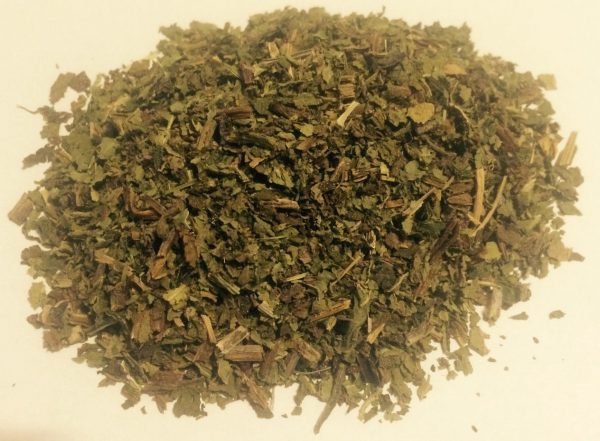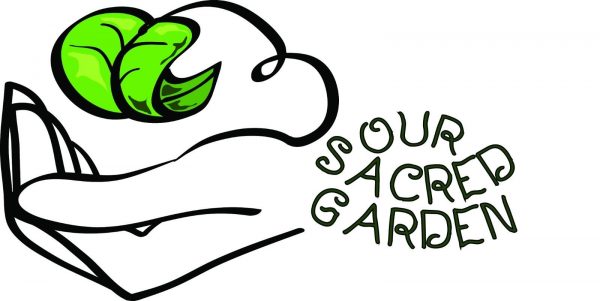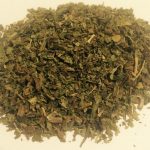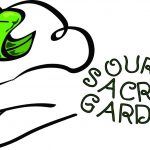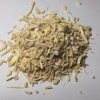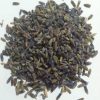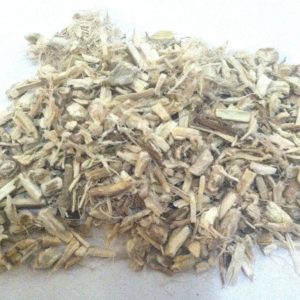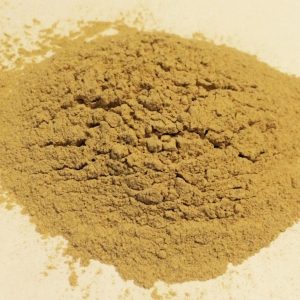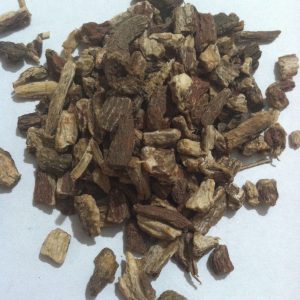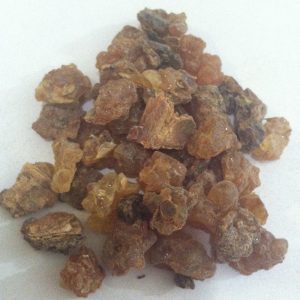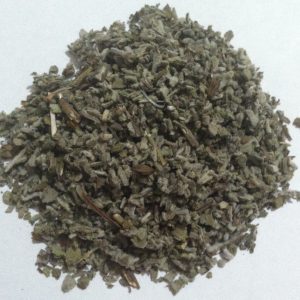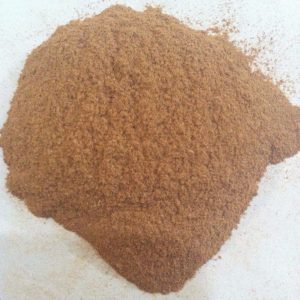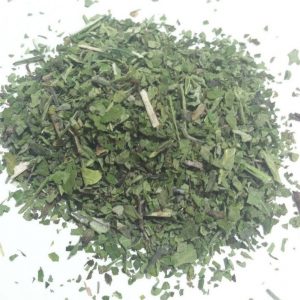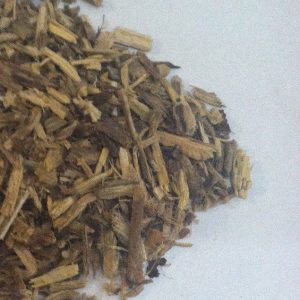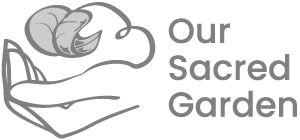Description
COMMON NAME Standardized: Russian comfrey
Other: prickly comfrey, Quaker comfrey BOTANICAL NAME Symphytum uplandicum Nyman
Plant Family: Boraginaceae
OVERVIEW Comfrey leaf has been used since Roman times, dating back thousands of years. This herb has been utilized in folk medicine throughout Europe and North America and has been widely cultivated as a garden medicinal specifically for its reputation for healing various external wounds. Much debate surrounds the safety of comfrey due to various parts and preparations containing potentially toxic alkaloids. It is important to understand that the part used, species, and time of harvest all come in to play when determining the safety of this herb. A large body of traditional use supports its safety and efficacy if used intelligently and cautiously.2,4,5,6,7 BOTANY A member of the Borage or Boraginaceae family, comfrey’s relatives include both borage (Borago sp.) and heliotrope (Heliotropium sp.).8 The Symphytum genus contains about 35 species, all of which can be used interchangeably, although pyrrolizidine alkaloid content varies between species and are highest in Russian comfrey (S. x uplandicum) and prickly comfrey or (S. asperum).4 Comfrey has large, rough, hairy, and lance-shaped leaves with whitish, pink, or purple flower spikes which have a slight heliotrope like curl typical of this family.4,8 It is native to much of Europe, and various regions in Asia such as the Caucasus, Kazakhstan, Siberia, and Turkey,1 and is commonly found as a weed in temperate northern latitudes. The common name ‘comfrey’ is derived from the Latin ‘con firma’ alluding to this plants purported use of knitting bones back together, and the Greek word ‘symphyo’ which is the root of the generic name, Symphytum also meaning ‘to unite.’2
CULTIVATION AND HARVESTING The leaves and buds are best harvested when the flowers just start to bud.4 It is important to note that the pyrrolizidine alkaloid content of the leaf varies throughout the season.8 Early spring harvests reveal the highest alkaloid content and leaves harvested later in the season having much smaller amounts.4 The long dark taproot (highest in pyrrolizidine alkaloids),8 growing up to 6 feet long, can be harvested in the spring or fall, and if any root remnants are left behind, another comfrey plant most likely will spring up. HISTORY AND FOLKLORE Comfrey’s attributes were mentioned by many of the herbalist-alchemists of old such as Dioscorides (a Greek physician pharmacologist and botanist, practicing in 1st century Rome) and Paracelsus (a 15th century Swiss Renaissance physician, botanist, alchemist, and astrologer).5 It was recommended for wounds by St. Hildegard of Bingen, a herbalist and nun born in 1098 C.E. It was cultivated in gardens for centuries, its popularity giving rise to myriad common names. Many references were made to comfrey’s healing properties in various herbals in the 16th and 17th centuries. Traditionally in Europe, the leaf was used in cases of sprains or strains or broken bones.
For educational purposes only This information has not been evaluated by the Food and Drug Administration.
This information is not intended to diagnose, treat, cure, or prevent any disease.



